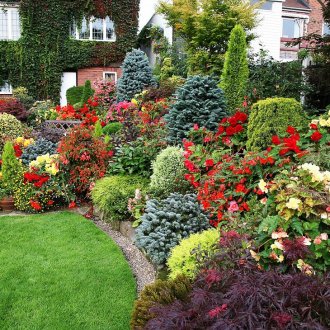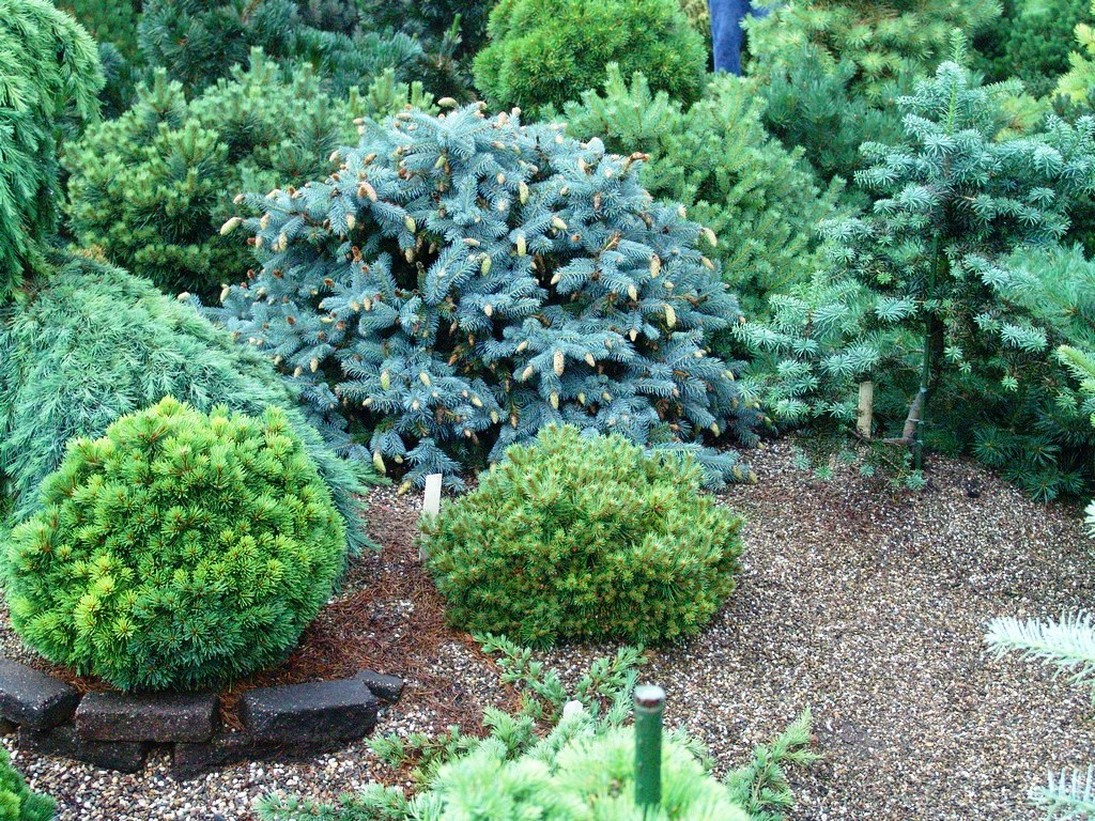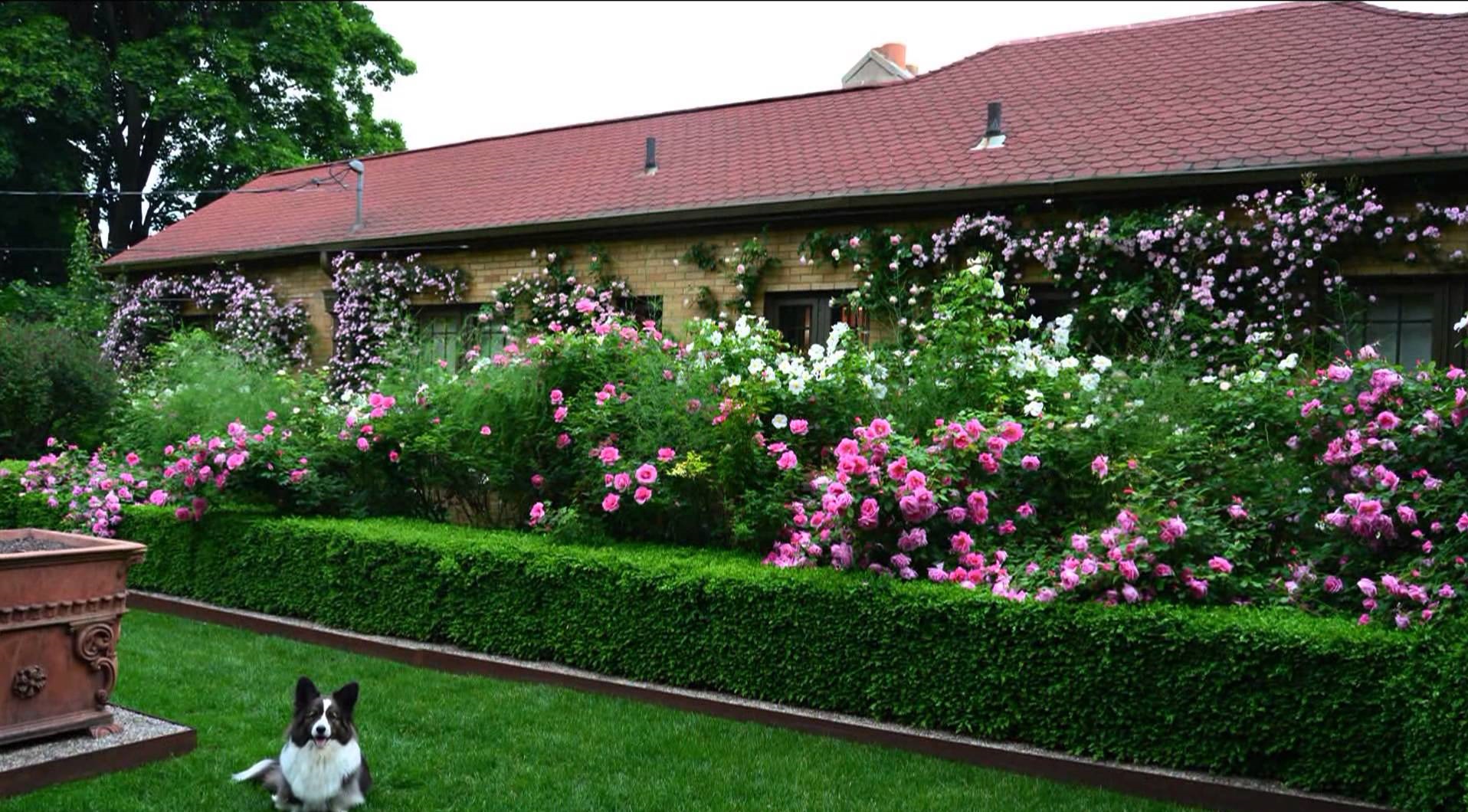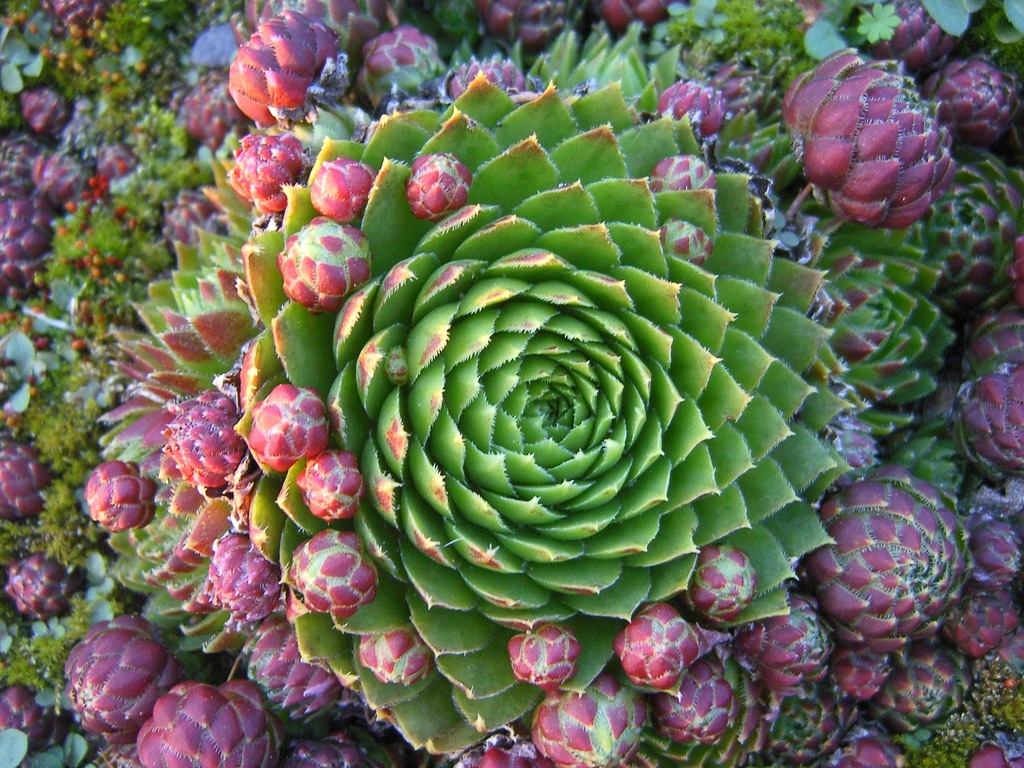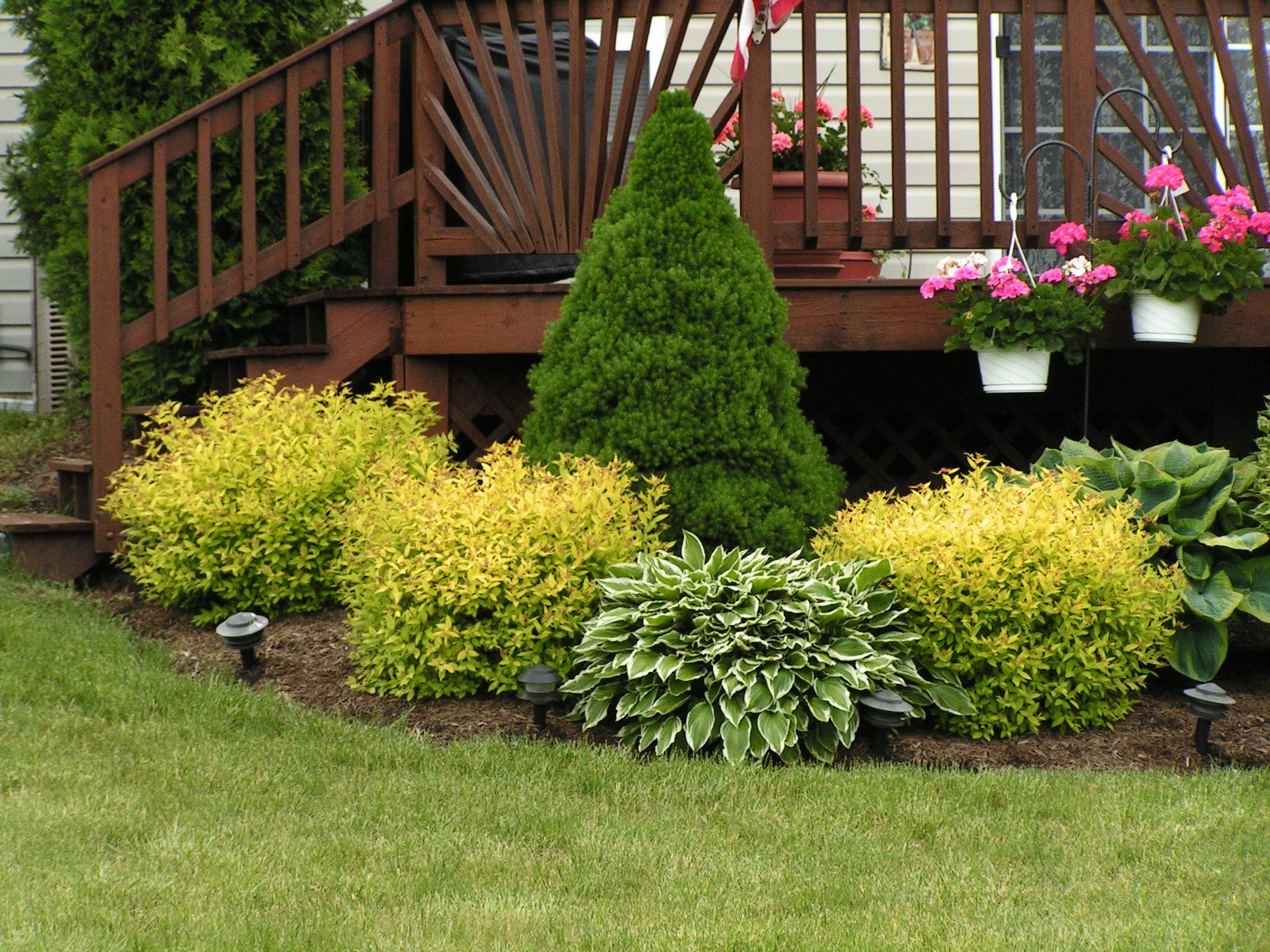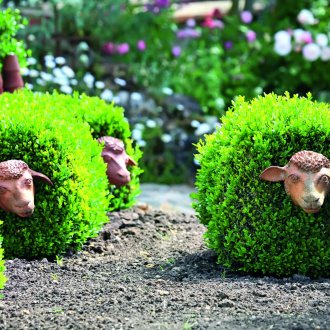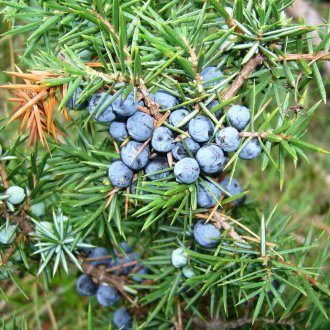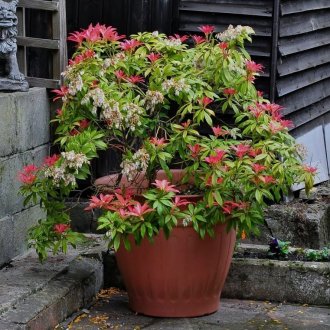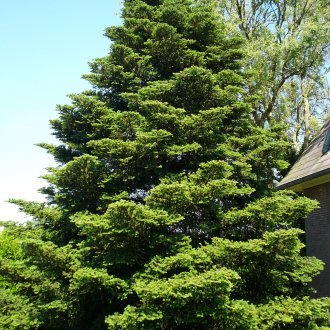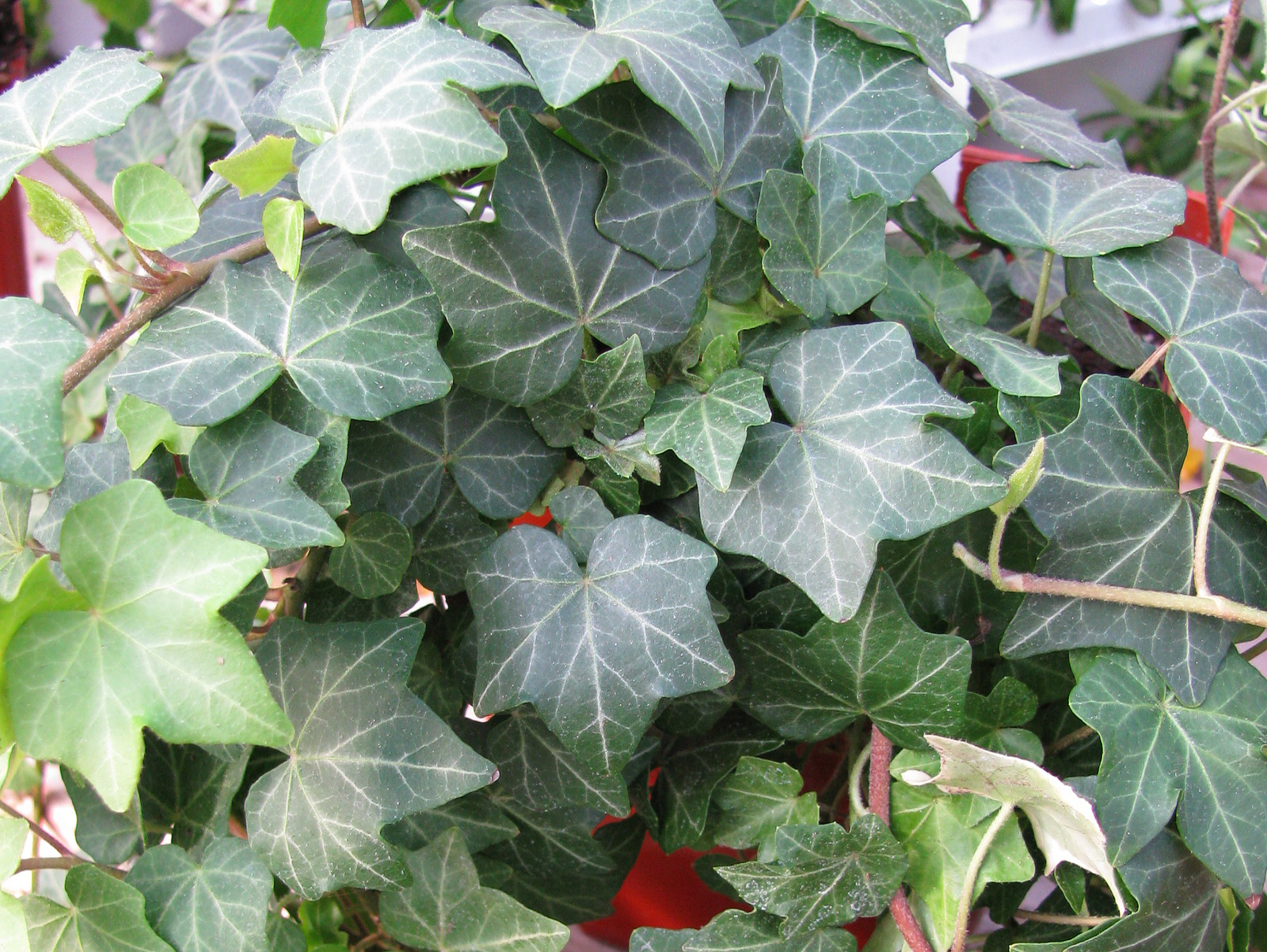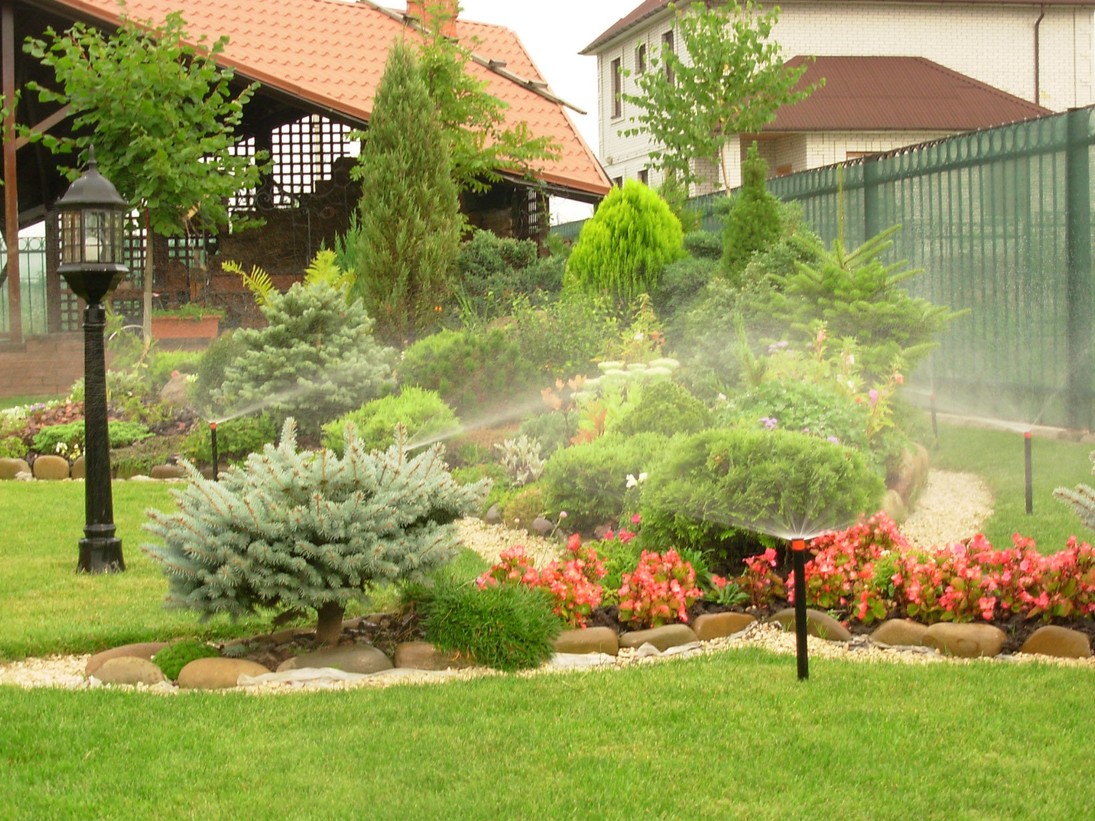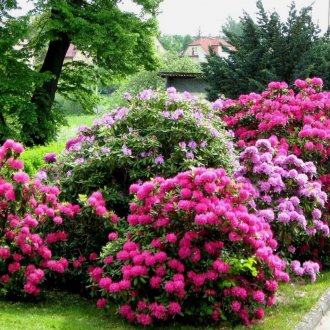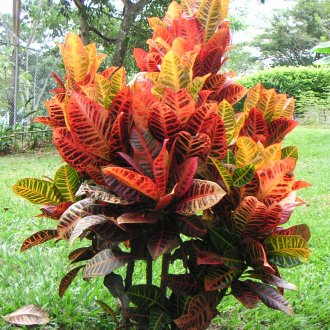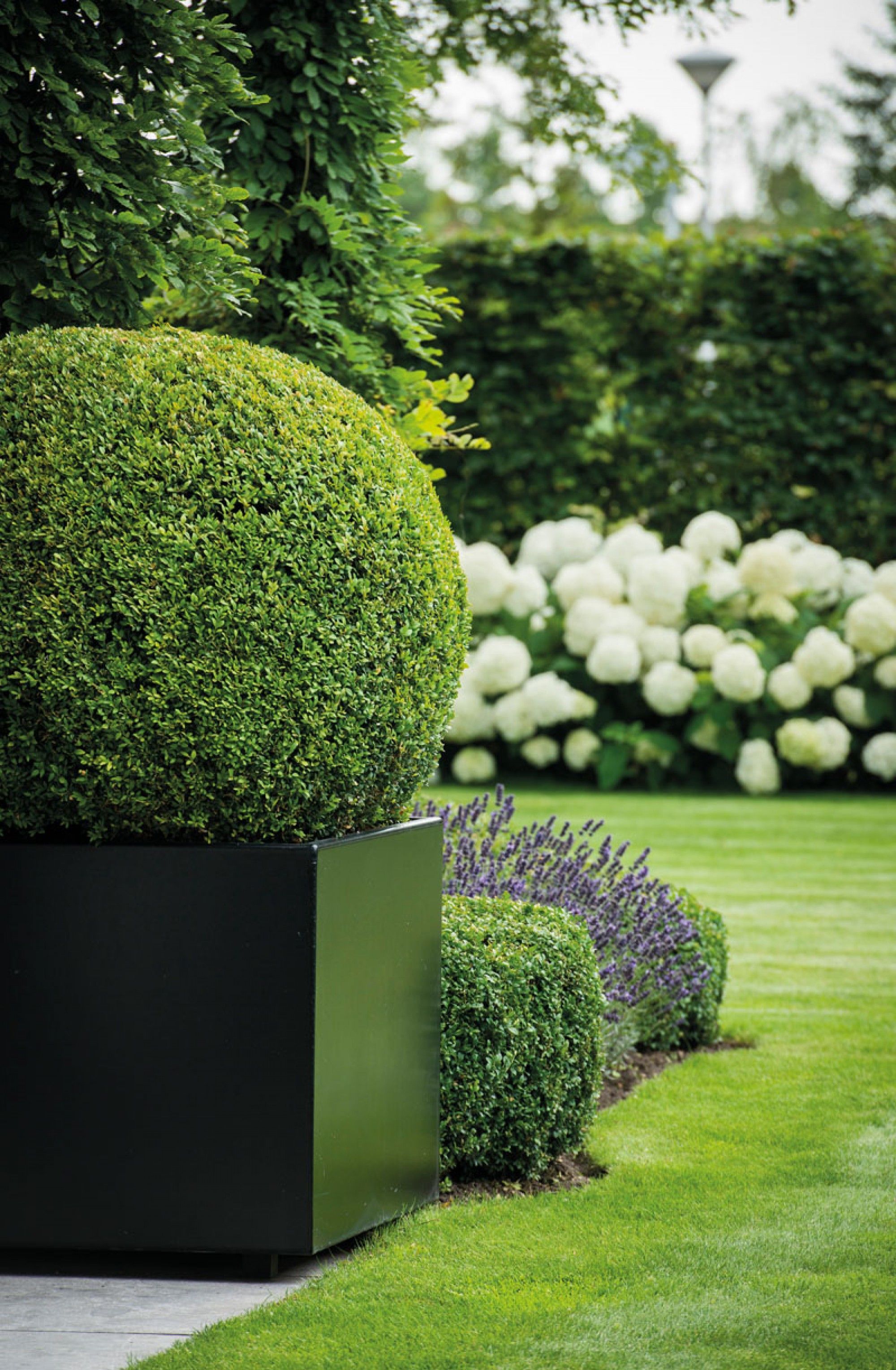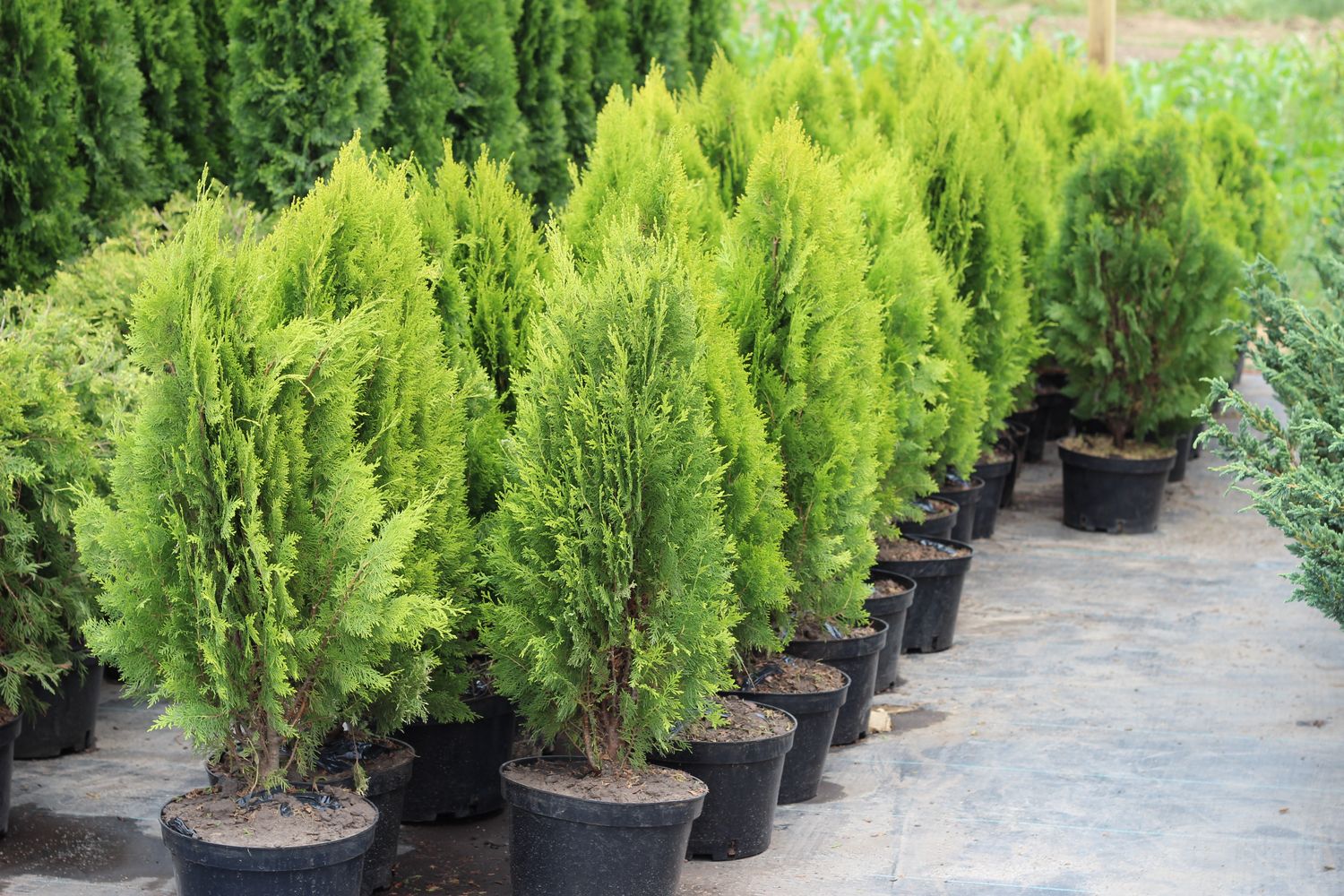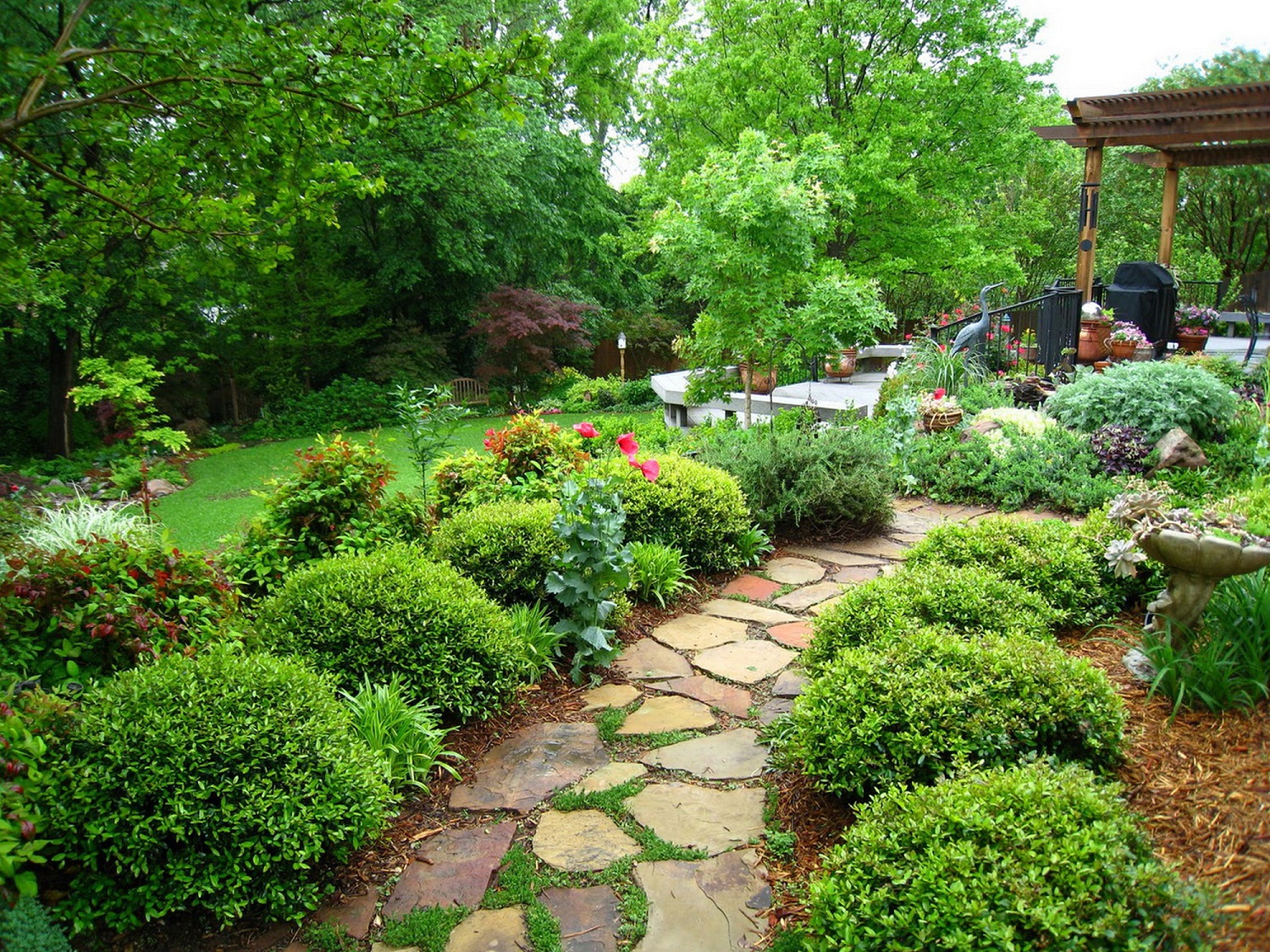Evergreens in the garden: options, types, care secrets (21 photos)
Content
Evergreens - a large group of plants that retains the same species all year round. Among them are not only coniferous trees familiar to the inhabitants of the middle strip, but also creeping plants, and shrubs, and herbs. Many of them are frost-resistant, most shade-loving. They are great for a garden in the country or in a country house due to several advantages:
- Aesthetics. Deciduous plants fly around in winter and take on a somewhat shabby and dull appearance. There is no such problem with evergreens - they always look equally attractive.
- Unpretentiousness. Most species need shade, fertilizer and watering, but do not require anything in excess. Even the cold wind cannot harm them.
- Great variability. Among the species you can find trees and shrubs, grass and ivy. For any task, a suitable plant and a suitable color will be found.
If you have imagination and financing with the help of evergreen ornamental plants, you can make the site look festive and beautiful in winter too.
Use cases
Evergreens for the garden can be used in the design of the site in a variety of ways.
Landing
The simplest of the possibilities is to plant the plants so that they set off different corners of the garden. If you combine different heights and different shades of foliage, even in winter, some diversity will remain on the site.
Hedge
If you make it from foliage dropping foliage plants, in winter it will lose all meaning, will turn into a weave of dull black branches, through which what is happening on the site will be clearly visible. If you use evergreens for hedges, even in winter it will remain impervious and chic.
Living sculptures
Sculptures made from foliage plants in winter become quite unsightly. Made from evergreens, even under the snow they will retain their shape and chic.
Borders
Zoning of the territory is one of the best functions of undersized shrubs. They can separate the landing from the paths, paths from the lawns and the lawn from the house. In addition to the aesthetic function, they can also perform a protective function: do not let the wind pass, do not allow weeds or grass to grow from the lawn.
Dressing fences, gazebos and any gratings
For this, evergreen climbing plants are best suited, which in winter will make the house or gazebo look like castles twined with ivy.
Depending on the purpose, you need to choose the suitable plants - each of them is good for achieving certain goals.
Evergreen Species
Evergreens are plentiful and diverse. Their household classification is quite simple. By the type of foliage, evergreens are:
- Conifers are the most common for the middle strip and familiar to every inhabitant: pine, spruce, fir.
- Deciduous - less common plants that can retain foliage even in winter. The most famous and popular of them is boxwood.
In shape, evergreens are divided differently. Among them are:
- Trees are fairly tall plants with a clearly defined trunk.
- Shrubs are relatively low plants in which either the trunk cannot be clearly distinguished, or there are several identical trunks.
- Creepers are climbing plants that cling to any support provided.
- Herbs are plants with a stem instead of a stem. Among the evergreen varieties, there is even one palm tree, which technically relates to evergreens.
- Mosses - unusual for the gardener of the middle strip, but having great popularity in Japan. With their help, the garden can be completely transformed.
In each subclause of the classification, there are plants that can be used for the garden. The main thing is to figure out which one is suitable for what.
Trees and bushes
Trees and shrubs can be used both for making hedges, and for simple decoration of the site. Usually these are coniferous varieties, not only beautiful, but also fragrant.
Spruce
The most popular and familiar tree is found in three versions.
European
The giant spruce, which can grow up to 30 meters in height and spread branches no less than 5 m. The first decade after planting grows slowly, then it can add more than half a meter in height in a year. In gardens, its decorative varieties are more often used:
- Acrocon - dark green needles, the height of only 3 meters;
- Inversa is an unusual spruce whose branches lean towards the ground, like a willow;
- Maxveli - a small two-meter spruce with yellowish needles and a round crown;
- Tompa - a one and a half meter small spruce with a light green shade of a crown.
Prickly
It can grow up to 25 meters. Crohn low lowered with a bluish tint. The spines are long, sharp. Also has decorative subspecies:
- Fastigiata - a narrow crown, a noble blue tide;
- Guspi - not just a blue tide, but a bright color, height up to 11 meters;
- Fat Albert - low tide, height up to 15 meters.
Serbian
The most frost-resistant spruce, which calmly tolerates frosts up to 30 degrees. Easy to care for, tolerates wind. Has decorative varieties:
- Alexandra is a dense, rounded crown, fast growing;
- Freya - wide spread hard crown of irregular shape, height up to 3 meters;
- Gnome - a spreading rounded crown, bluish tide, about half a meter high;
- Karel is the smallest spruce, which barely grows to a meter.
Spruce does not tolerate close proximity to other trees - its roots grow over a large area close to the surface and it makes no sense to plant any other plant closer than at a distance of 3 meters. Also does not like plentiful watering, like many other coniferous woody plants. The ideal irrigation scheme is once every 10 days, little by little.
Loves lighting and grows well in the sun. Seedlings are best planted in the summer, in dry, loosened soil.
Fir
Fir is an evergreen coniferous plant with a grayish, pleasant shade of bark and soft needles. Its roots go deep into the ground, the cones do not fall, but open directly on the tree. Among the decorative and popular varieties:
- Arizona - reaches 7-8 meters in height, has bright red cones, bluish needles, cream bark;
- balsamic - the smallest of the varieties grows hardly to half a meter, has a smooth brown bark, saturated green needles with a white stripe and purple cones;
- monochromatic - grayish bark, gray-green needles, the tips are twisted up, up to 8 meters high.
Fir loves lighted areas and moist, loose soil, therefore, in dry times it requires watering. It does not tolerate severe frosts, in the first year the roots need a warm layer of spruce branches that will cover them.
Boxwood
Boxwood is a stunted ornamental plant that is great for landscaping. With its help, you can form a hedge or a border, use it for zoning the garden. He likes sunny or slightly shaded areas, well-loosened soil, frequent timely watering.It does not tolerate too shaded places, cold - in autumn its roots need to be covered with dry needles or sawdust.
Boxwood is a perennial plant, quickly and randomly grows in height, requires periodic pruning. It can be very effective with proper care.
At the same time, boxwood is beautiful, but poisonous. It is best to look after him with gloves on.
Juniper
Juniper is one of the most popular evergreens. It can reach up to 12 meters in height, has a pleasant smell and beautiful cones, which eventually turn gray from green and begin to resemble berries. It has several decorative varieties:
- Montana - very undersized shrubs that hardly grow to 20 cm;
- Klumnaris is also stunted, grow up to half a meter and have needles with a noble blue tint;
- Mass - creeping shrubs with bluish-green needles.
Juniper grows for a long time and practically does not need care - it needs to be watered only during drought and occasionally loosen the soil. Sometimes you can make fertilizers.
One of the exotic benefits of juniper, which can not boast of evergreen herbaceous plants - cones. They can be used as a seasoning for meat or fish. They give the finished dish a pleasant, fresh aroma.
Creepers and mosses
They can be combined into a single group, as they are less popular than trees and shrubs. However, with proper use, they can look no less impressive and at the same time much more original.
Ivy is a winding evergreen deciduous plant. He loves warm, loose acidic soil, an abundance of garter that can be braided. Its leaves reach a quarter meter in length, their color is greenish, yellowish or grayish. In autumn, flowers appear on the branches - small, green and similar to umbrellas - which by spring become large black berries with a pleasant nutmeg smell. They can be used as spices.
Bindweed - evergreen plants that do not lose their attractiveness in winter. The leaves are silver-gray, blooms all summer, releasing pink buds that open into white flowers. Needs support, can easily braid a fence, hedge, grate, arbor posts. During severe frosts, it is better to cover it from the cold.
Moss - garden varieties of moss look very impressive and can replace the lawn, as they easily winter under a layer of snow. They grow well in the shade, where the soil is acidic and moist. They do not require any special care, they can actually grow on their own.
Caring for evergreens is simpler than most others. Periodic watering, a little care before the winter period, interested observation of how it grows and spreads - and even in winter the garden will look quite magical in a summer way.

